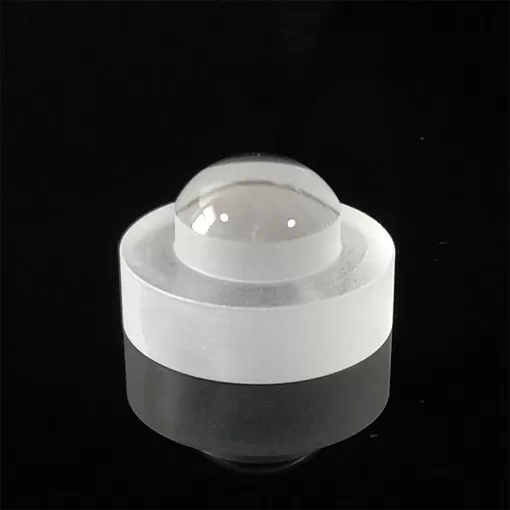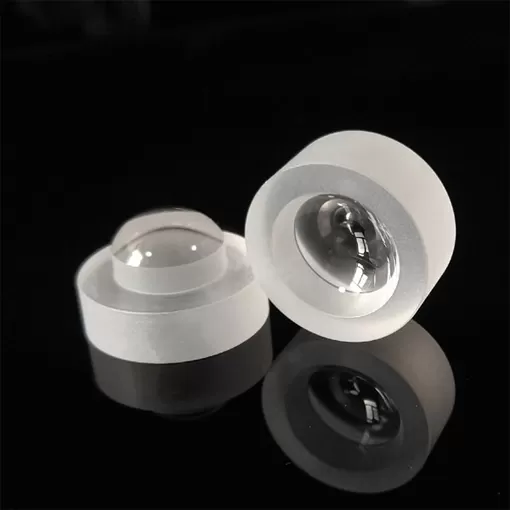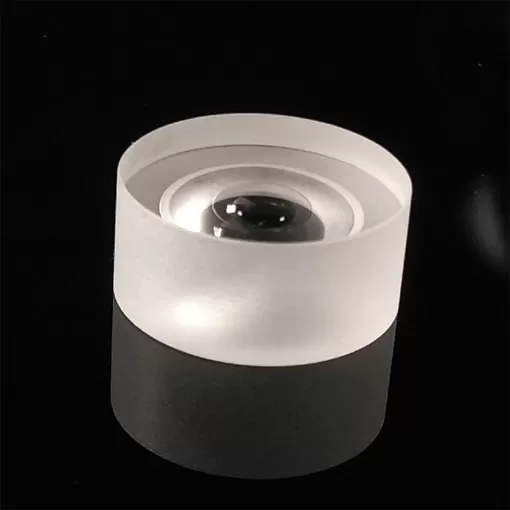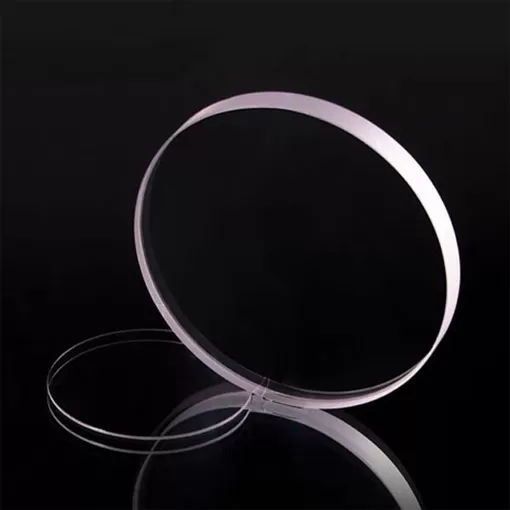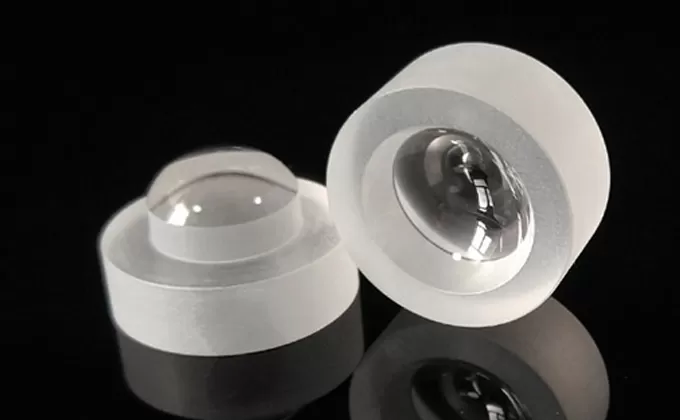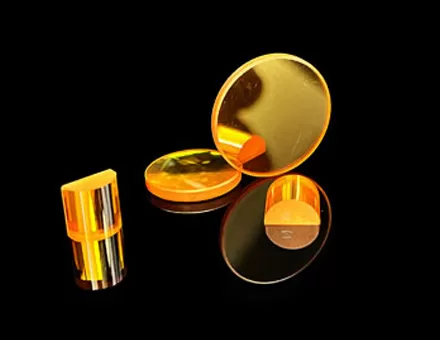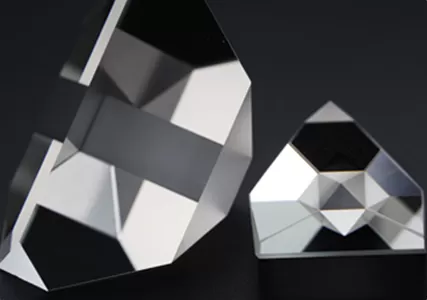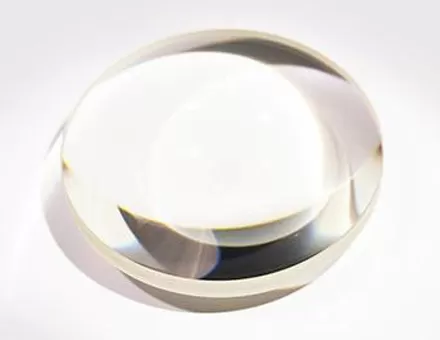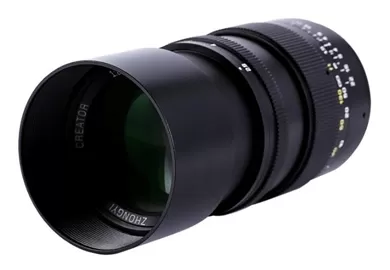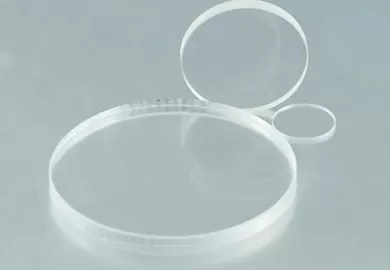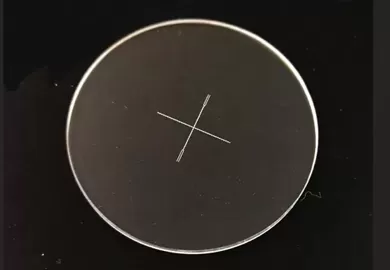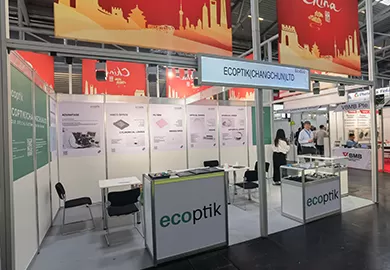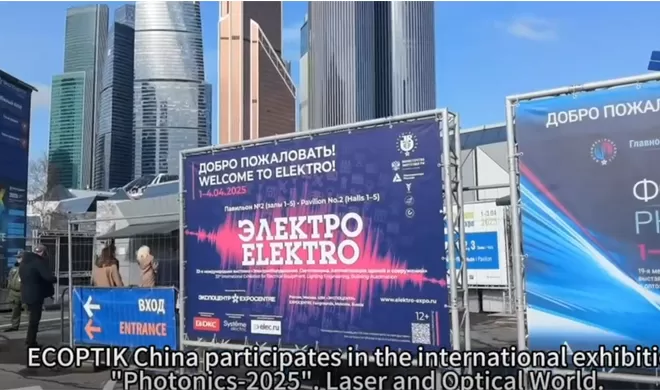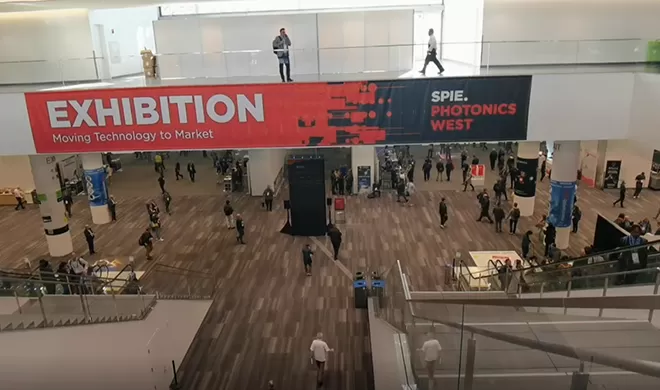Crystallographic
| Syngony | Tetragon |
Symmetry Class | 3m |
Lattice Constants | a = 4.758 Å c = 12.991 Å |
Cleavability | (1011), (1120) imperfect |
Optical
| Refractive Index at ne | 1.7771 |
Refractive Index at nF' - nC' | 0.0107 |
Thermal Coefficient of Refractive Index at 3.39 microns for ±60 °C | βo = (0.88 ... 1.28) x 10-5 βe = (0.99 ... 1.39) x 10-5 |
Spectral Range, microns | 0.17 - 5.0 |
Thermal
| Thermal Linear Expansion, °C-1 for ±60 °C |
⊥ to c-axis | (3.24 ... 5.66) x 10-6 |
Thermal Conductivity, W/(m * °C) at 46 °C |
⊥ to c-axis | 25.2 |
|| to c-axis | 23.1 |
Specific Heat Capacity, J/(kg * °C) | 0.7610 x 103 |
Thermal Stability, °C | 162 ±8 |
Melting Point, °C | 2030 |
Chemical
| Molecular Weight | 101.96 |
Solubility in water, gram/100 cm3 |
98 x 1010 |
Ref. Index vs. Wavelength λ
Wavelength, Microns | Refractive Index no | Refractive Index ne |
1.0 | 1.7545 | 1.7460 |
2.0 | 1.7374 | 1.7299 |
3.0 | 1.7015 | 1.6920 |
4.0 | 1.6748 | 1.6679 |
Internal Transmittance Ti (λ) vs. Wavelength λ
Wavelength, Microns | Internal Transmittance |
0.2 | 0.79 |
0.5 | 0.97 |
1.0 | 0.97 |
3.0 | 0.97 |
5.0 | 0.45 |
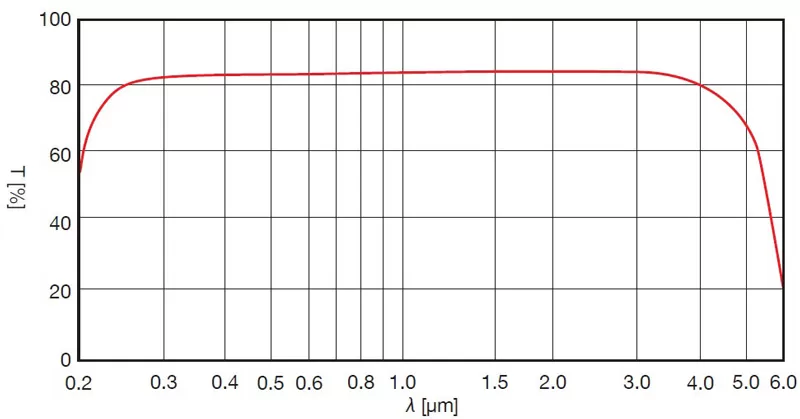
Application of Sapphire Component
Widely used in infrared and far-infrared military equipment, such as: used in night vision infrared and far-infrared sights, night vision cameras and other instruments and satellites, space technology instruments and meters, as well as windows for high-power lasers, various Optical prisms, optical windows, UV and IR windows and lenses, and observation ports for low-temperature experiments are fully used in high-precision instruments and meters for navigation, aerospace, and aviation.
Sapphire window/lens
| Commercial grade | Precision grade | High precision grade |
Diameter | 1-300mm |
Diameter tolerance | ±0.1mm | ±0.05mm | ±0.01mm |
Thickness tolerance | +0/-0.1mm | ±0.05mm | ±0.01mm |
Parallelism | <3 arc min | <30 arc sec | <5 arc sec |
Surface quality: | 60/40 | 40/20 | 20/10 |
Surface accuracy | λ | λ/4 | λ/10 |

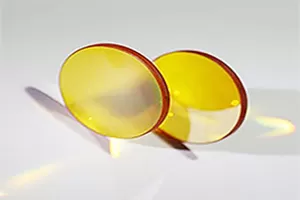
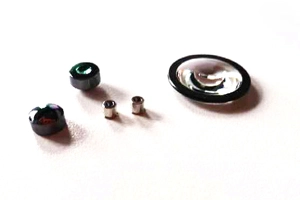

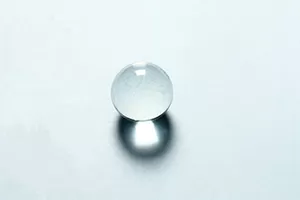
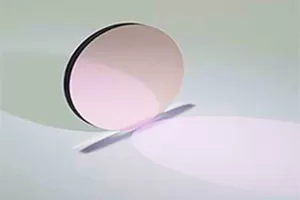
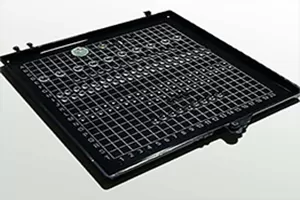

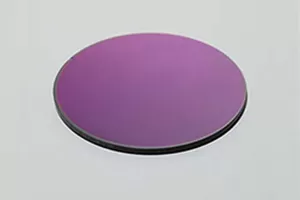
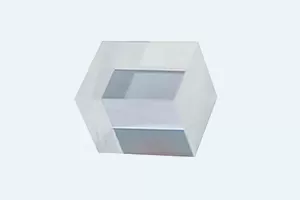
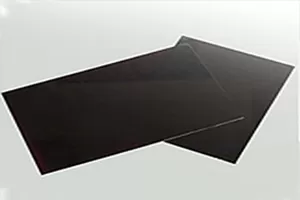
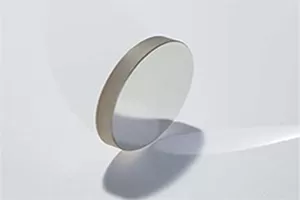
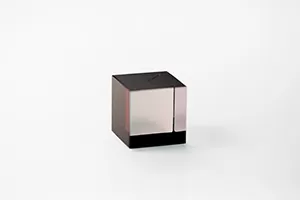
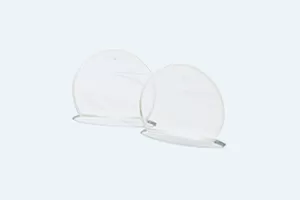
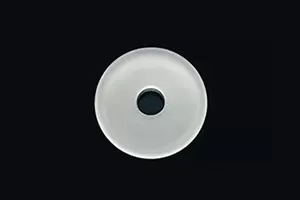
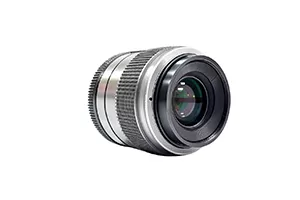
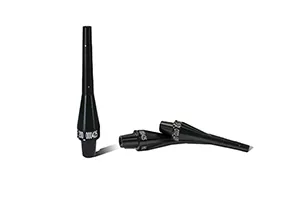
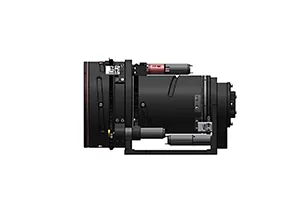
 EN
EN
